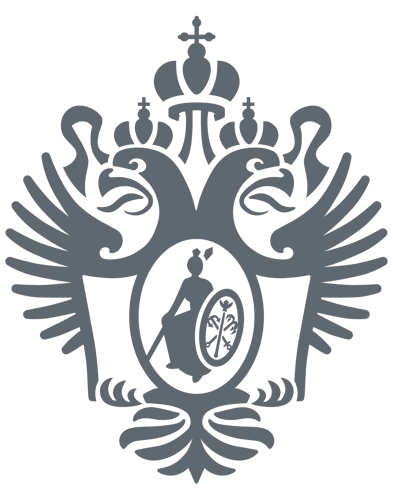ALD allows of pinhole–free and totally conformal thin films deposition on the substrates with irregular shape, large surface and pores. Reproducible on atomic scale film growth with precision to one monolayer can be realized by this method. It is possible to alternate the layers of various chemical compounds according specified sequence. The most common materials deposited by ALD include oxides: Al2O3, TiO2, ZrO2, HfO2, Ta2O5, In2O3,SnO2, ZnO, CdO,V2O5, WO3 etc.); nitrides: BN, AlN, GaN, InN, SiNx, Ta3N5, Cu3N, Zr3N4, TiN, TaN, NbN, MoN etc.; АIIBVI compounds: ZnS, CdS, ZnSe, ZnTe, CaS, SrS, BaS, CdTe, MnTe, HgTe etc.; AIIIBV compounds: GaAs, AlAs, AlP, InP, GaP, InAs etc.; metals: Pt, Ir, Pd, Ag, Au, W, Cu, Co, Fe, Ni, Mo, Ta, Ti, Al, Si, Ge etc. and many more materials.
ALD is one of the most perspective methods of modern nanotechnology. It has wide range of applications: catalysts, micro- and optoelectronic, sensor, MEMS/NEMS (micro/nanoelectromechanical systems) manufacturing, optics, antitarnishing and wear protection, corrosion protection, energy storage and production (e.g. advanced thin film batteries and fuel cells), biocompatible coatings, water purification, advanced lighting devices etc.
A number of firms in the world develop and produce ALD equipment for science and industrial applications. Recently some Russian companies started production similar ALD equipment for science research. The films deposition process is fully automatic, the growth rate achieve up to 0.3 µ/h. The synthesis is carried out in vacuum (up to 1*10-1 Torr) or in inert gas carrier flow. The film thickness deviation is less than 1 % along the surface of substrate with diameter up to 200 mm.



